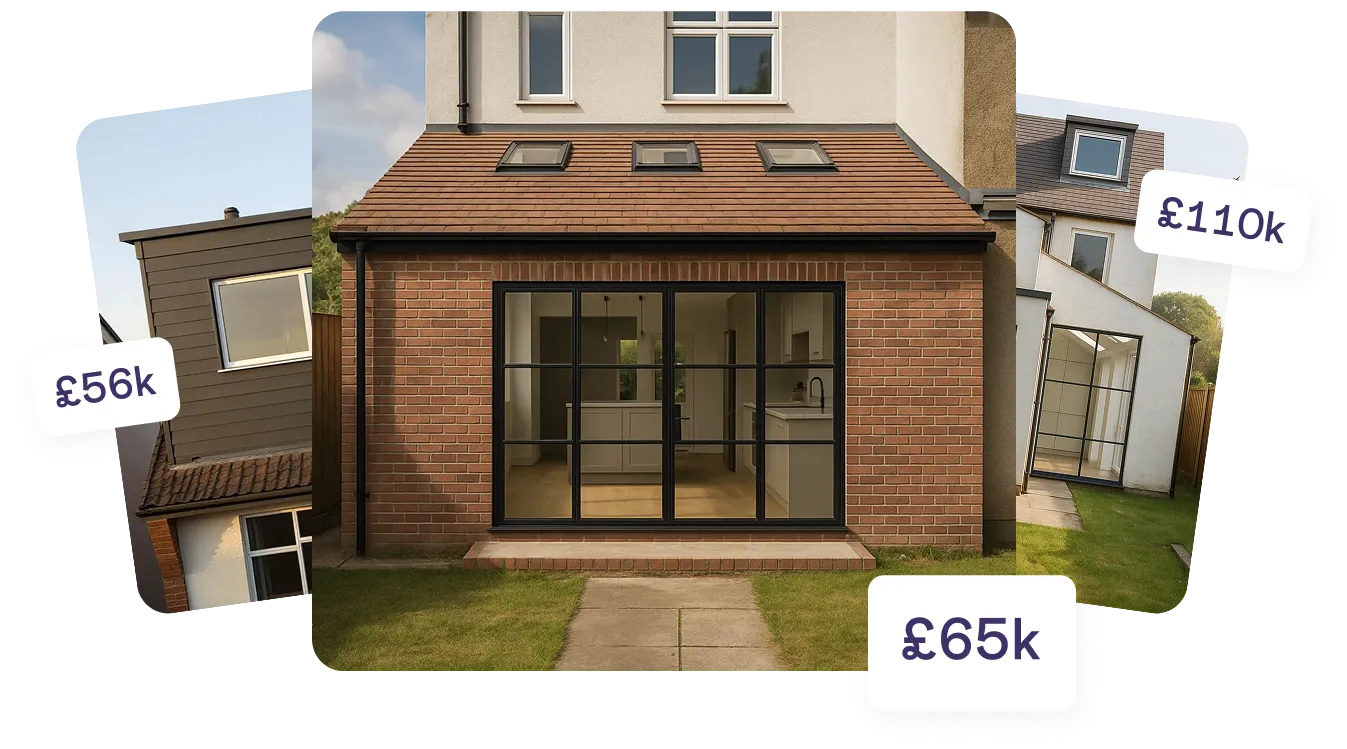Help to Buy loans are a great way for people to get on to the property ladder who would otherwise struggle to afford a house deposit, but it can become expensive if you’re not careful about when you pay it back.
What is a Help to Buy loan?
Buyers who are looking to purchase a new build home may be eligible for a government loan of up to 20% of the property’s value. You must put down a deposit of at least 5% yourself, and secure a mortgage from a participating lender for the rest.
Learn more about Help to Buy here.
How does a shared equity mortgage work?
If you take out a Help to Buy loan, you’ll have what’s known as a shared equity mortgage. This means the government owns a share of the property’s value until the loan is paid off.
The loan and its repayments, therefore, relate to the property’s current value and not its purchase price. For this reason, you’ll be required to repay more money if house prices rise, or you could pay less than the initial loan amount if the property drops in value.
The loan must be paid off either when you sell the house or at the end of your mortgage term, whichever comes first.




